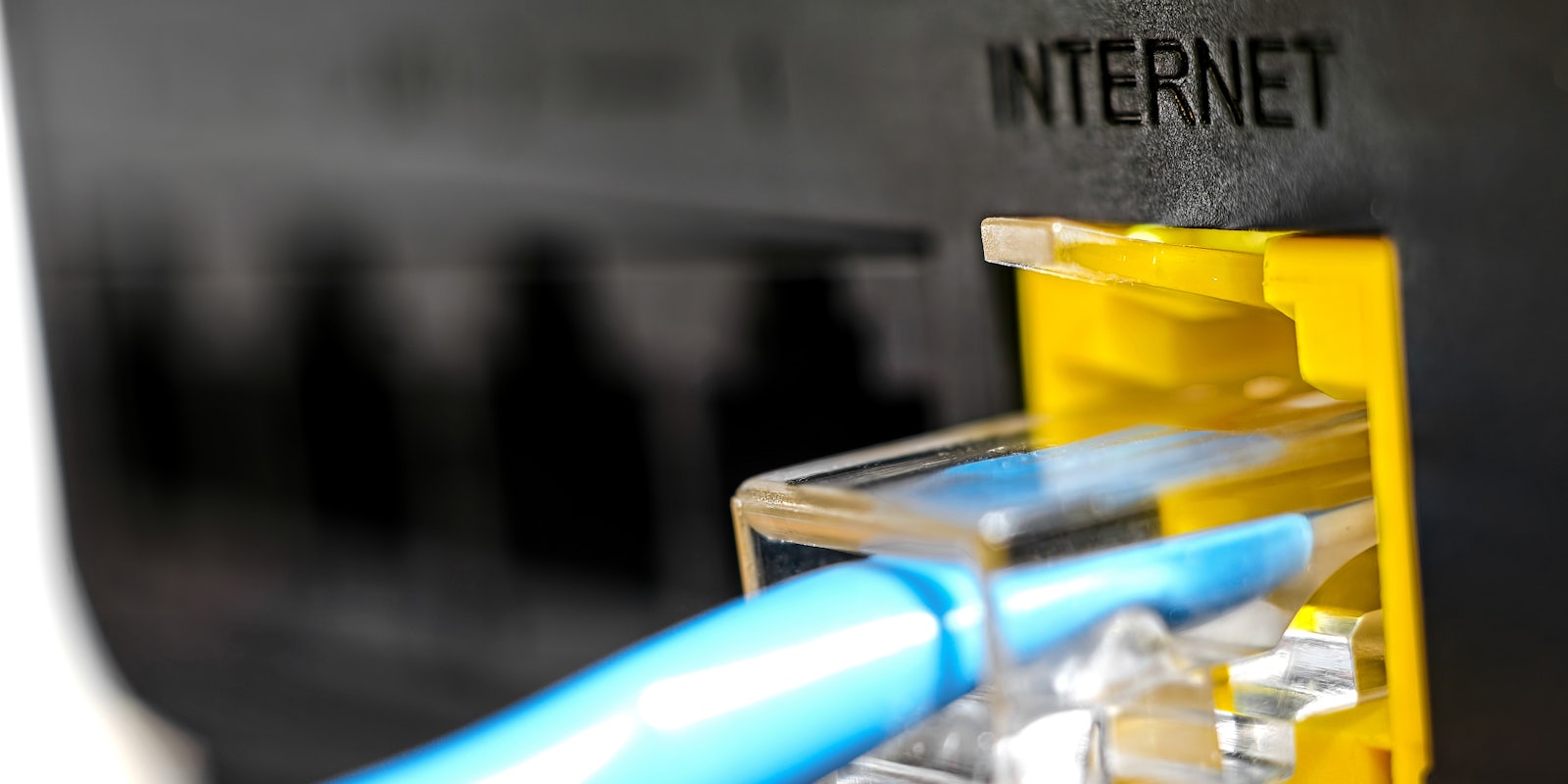Analysis
Low income areas of the United States end up paying more for broadband service than higher income areas, according to a new study.
Broadband Now, which frequently publishes extensive studies into various broadband issues, recently published a report that looked at private and public plan and coverage data from more than 2,000 internet service providers. Overall, it found that average household income is “a strong predictor of broadband pricing,” and that low income areas pay more for internet than higher-income areas.
In addition, the report found that there are 10 states in the U.S. where less than half of the population has access to an internet plan that costs $50 or less per month.
For example, the study found that 90 percent of residents in New Jersey—where the average household income is nearly $100,000, according to the study—have access to a low-cost broadband plan. On the other end of the spectrum, only 33% of residents in Mississippi have access to plans at the same cost.
The study does note that there are likely a “variety of factors” that lead to this disparity, including economic conditions, infrastructure differences, and a lack of competition among broadband providers in certain areas.
Why it matters
The report comes as broadband access and affordability has continued to be front and center. The pandemic shined a bright light on the country’s long-standing digital divide.
The Federal Communications Commission (FCC) finished a revamp of its efforts to map which areas of the country have access to broadband and accurately detail the country’s digital divide (although they are facing criticism for it), and the Affordable Connectivity Program—which allows for low-income households to receive discounted broadband service—was widely publicized amid the pandemic.
While there are efforts to narrow the digital divide, much of the focus has been on whether or not an area has access, but affordability is just as important.


